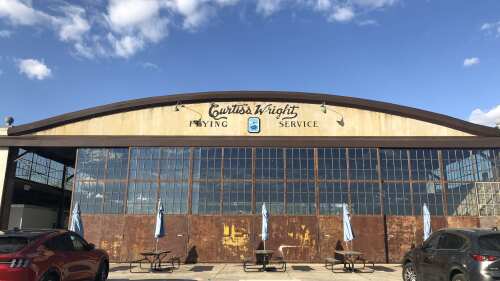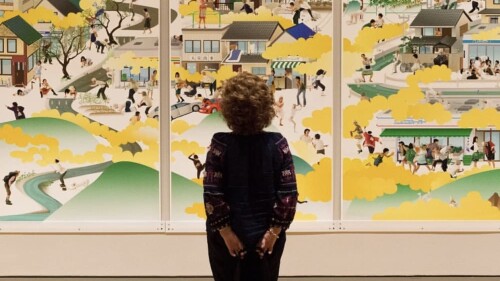You can’t talk about downtown Columbia without mentioning the Congaree Vista. When we aren’t in the middle of a global pandemic, the neighborhood is a bustling retail, arts, entertainment + restaurant district, especially on Friday and Saturday nights. However, the Vista hasn’t always been the area that we now know it to be.
Get comfortable – we’re about to take you through a condensed, local history lesson.
In 1786, the city of Columbia was developed as the new capital of South Carolina (that’s a history lesson for another time) and the second planned city in the United States. Shortly after the city’s development, the current Vista area, which wasn’t given the name until much later, housed transportation, light manufacturing + storage businesses. Some working class families also built homes throughout the district. When the city was burned during the Civil War, many buildings in the area were targeted and later rebuilt, including the railroad depot and Confederate printing plant.
The Vista remained a light industrial district + transportation hub post-Civil War and through the mid-late 1900s – although it still hadn’t been dubbed with the name. However, the Fight Blight campaign, part of the Urban Renewal projects of the mid 1900s, eradicated the almost exclusively African-American neighborhood Ward One – which included homes, churches and stores.
By the 1990s, the area had been named the Congaree Vista and a redevelopment had begun – which gave way to the neighborhood we think of today. Artists helped bring new life to the area and turned it into a cultural + arts destination.
Nowadays, many businesses in the Vista reside in buildings with history that expands far past the current tenants. Check out eight stories of some of the area’s most well-known landmarks. 👇
Allen Brothers’ Adluh Flour Mill | 804 Gervais St.
○ Completed in 1920, the mill was operated by Adluh Milling Company until 1925. In 1926, it was purchased by Allen Milling Company and was an award-winning flour, cornmeal, feed and mixes producer during World War II. Today, the mill is the last of 42 similar mills operating in SC.
Blue Marlin | 1200 Lincoln St.
○ The building that now houses Blue Marlin was a major hub for transportation in and out of Columbia in the early 1900s. Built in 1912, it originally was home to the Seaboard Air Line Railroad Passenger Depot.
Gervais Street Bridge
○ While the bridge isn’t a business, we thought the story was interesting enough to include. It was constructed between 1926 + 1928 and was originally the only way to enter the city across the Congaree River until the Blossom Street Bridge was built in 1953.
Liberty Tap Room | 828 Gervais St.
○ This brick building was built in 1902 by E. A. Beall Company, a wholesale grocery business, as a warehouse. The storefront at 830 Gervais was used as a pharmacy for Mayor F. S. Earle’s business and Columbia’s first post office.
Motor Supply Company | 920 Gervais St.
○ Also built in 1902, the building was originally used as a grocery and hardware store. From the 1930s-1960s, the building housed an engine supply store + was transformed into a restaurant in 1989. The restaurant owners found the original neon sign from the engine supply store, named the restaurant Motor Supply Company and kept the sign.
Publix | 501 Gervais St.
○ The building was originally constructed for the Confederate Printing Plant, Evans and Cogswell. It was burned by Union forces in 1865, rebuilt as a warehouse, burned by another fire in 1898 and rebuilt again to house liquor for the South Carolina State Dispensary until 1907. In 2004, the building was rehabilitated for the Publix Supermarket and townhomes were added in 2010.
South Carolina State Museum | 301 Gervais St.
○ The former Columbia Mills Building housed the country’s first textile mill that was fully powered by electricity. The plant operated from 1894-1981 + the museum was founded in 1988. The building also houses the South Carolina Confederate Relic Room and Military Museum + state offices.
Wet Willies + old Jillian’s building | 800 Gervais St.
○ Constructed in 1850, this building originally held the South Carolina Railroad Depot – one of two depots on Gervais. The Wayside Hospital was established in the depot in 1861 and provided food and drink + treated over 75,000 soldiers. The building was burned in 1865, was rebuilt and continued to function as a transportation hub.
Want to learn more about the many historic buildings that live in the Vista? Take Historic Columbia’s virtual tour of the Vista here.











